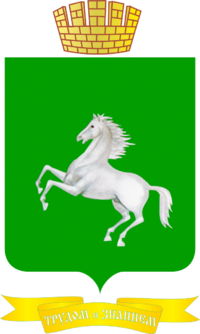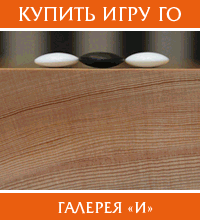This is the site of Tomsk department of Go Federation.
At the left side you can see a lot of links leading to the top Russian sites dedicated to the game of Go.
We are glad to invite you come into our Go images gallery.
If you have any questions to discuss, please visit our
International Go Weiqi Baduk Forum.
In 1604, the Russian tsar Boris Godunov ordered Cossack leader Gavril Pisemsky and boyar son and strelets officer Vasiliy Tyrkov to found a fort on the Tom River, on Tatar land, to protect the river crossing and Eushta population from Kalmyk and Kyrghiz tribes. It became important as a military center for pacifying the native people and evolved into a regional administrative center. Beginning in the late 1830s, its population grew quickly thanks to the intensifying gold-mining activity in Siberia.
Tomsk has many local cultural institutions including drama theaters, a children’s theater and a puppet theater. One can find music at the city concert hall, home of the local orchestra, or the sports palace where pop and rock stars perform. The city also has centers of German, Polish and Tatar culture where residents can study languages or learn about other countries.
Unfortunately, one of Tomsk’s theaters was destroyed in a bloody act of terrorism in 1905. The Korolevskii Theater (built in 1884-85) was being used by a group of communist revolutionaries one evening, when members of the Black Hundred struck. The Black Hundred was a hardline organ of the tsar and brutally stamped out opposition. The theater was set on fire with Black Hundred members shooting those who tried to escape the flames. Estimates of casualties ranged from 200 to 1000 people.
There are a number of museums in Tomsk including those devoted to art, local history and wood carving. Tomsk State University has a number of small museums with exhibits on archaeology, paleontology, zoology as well as a herbarium and botanical garden.
As in many other cities in the Former Soviet Union, the government destroyed a number of old churches in the city including two that had existed since the 17th century. However, Tomsk managed to retain some of its churches by creating alternative uses for them such as machine shops, warehouses, archives, and even residences. Since the end of communism, some of the churches have been renovated and handed back to their congregations.
Tomsk is well-known for its (gingerbread) carved wooden houses. The quantity of these wooden houses is constantly decreasing due to fire and new construction.
Trud (Labor) Stadium, in central Tomsk, plays host to FC Tom’ Tomsk, the city’s soccer team. Thanks to the team’s promotion to the Russian Premier League in 2005, local fans have the opportunity to see Russia’s best soccer teams when they visit each year.
Tomsk does have many local media outlets including a television station TV2, radio stations (Radio Siberia and Echo Moscow — Tomsk) and newspapers (Tomskii Vestnik, Tomskaya Nedelya, Krasnoye Znamya and Vechernii Tomsk).
Tomsk received notoriety thanks to a major economic cooperation summit to be held in Tomsk between Russian President Vladimir Putin and German Chancellor Angela Merkel in April 2006.
Просмотров: 4 275


